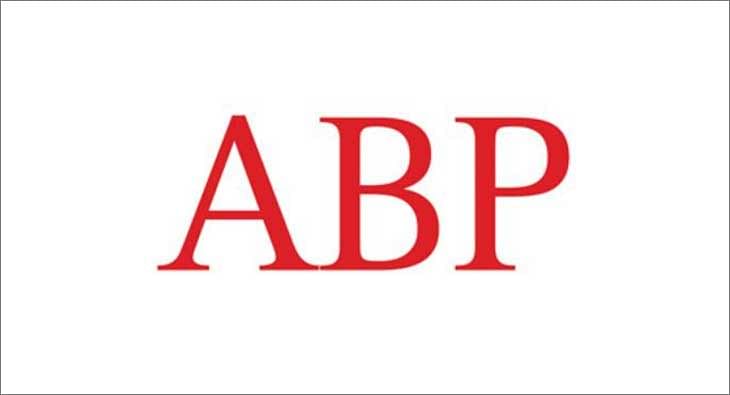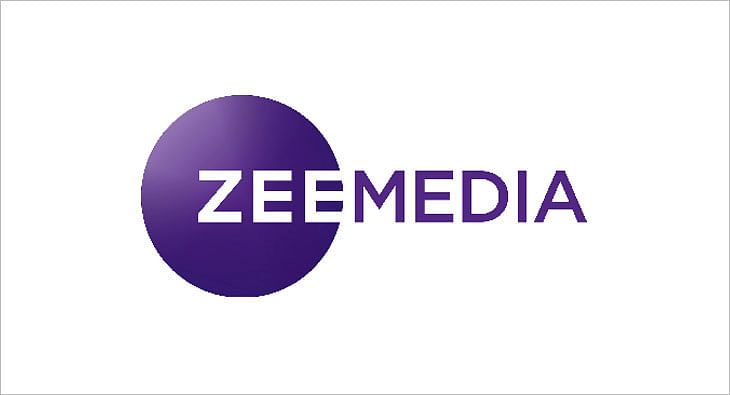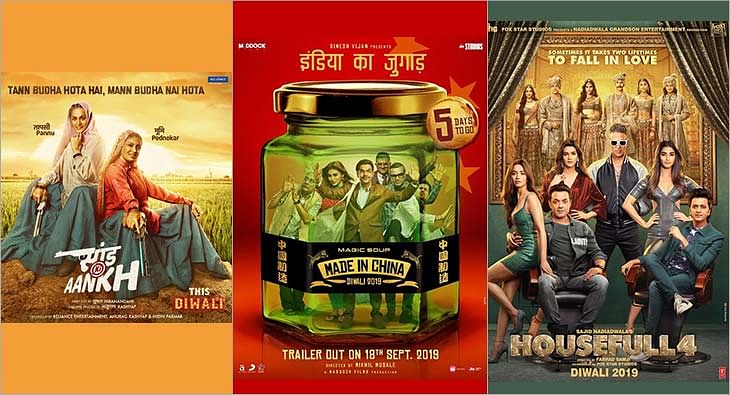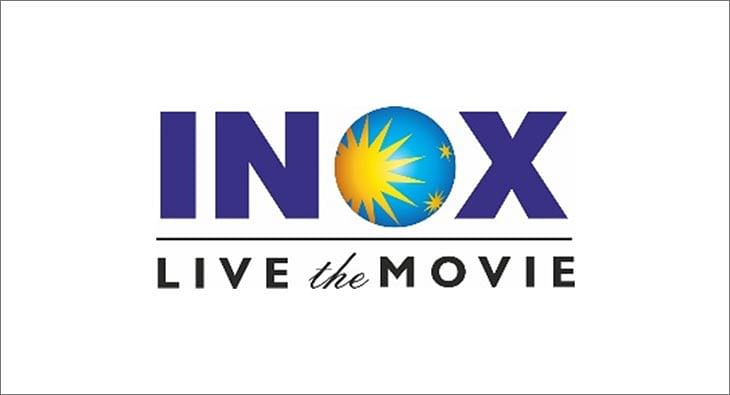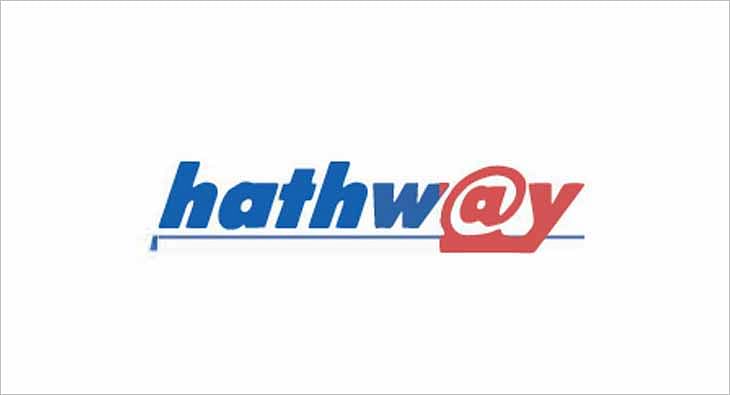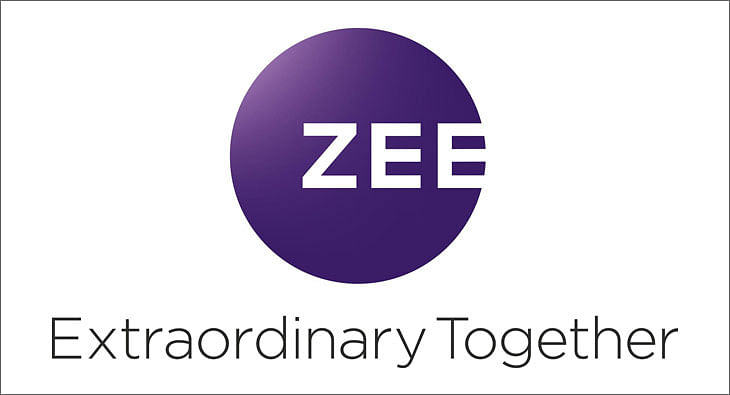Guest ColumnRetrofit: IPL – in a league of its own
Circa 2008 will be remembered for an amazing killer application, something that redefined frontiers in brand and franchise elasticity, a new performing flea in an age of whirligigs. It is the Indian Premier League (IPL), which redefined and re-established cricket with an unprecedented fan following. Veteran journalist <b>Sandeep Bamzai</b> analyses The IPL success story and Lalit Modi’s significant role.

How do you build a brand, a franchise with overpowering salience? How do you innovate and provide breakthrough benefit in a vastly cluttered media landscape? You obviously need something that gets you stickiness, recall and subconscious embed. Circa 2008 will be remembered for an amazing killer application, something that redefined frontiers in brand and franchise elasticity, a new performing flea in an age of whirligigs. Yes, I am talking about the Indian Premier League (IPL), which redefined and re-established cricket with an unprecedented fan following.
India is the epicentre of global cricket and abounds with savants, but despite all this, IPL was truly transformational. We need to understand that the colossal success of the T20 World Cup in South Africa and the fact that India emerged triumphant helped in this metamorphosis. But even then, the success of IPL goes beyond this. Lalit Modi’s comprehension of the mechanics of cricket deals probably makes him one of the most shrewd operators in the game today.
So, what helped in this amazing and stunning success story? For this I decided to speak to Lalit Modi, the man who needs to be described as the change agent in this regard. One needs to understand Modi’s psyche. Brash and unabashedly ambitious, his business background helped him in seeking a convergence between commerce and sport. His role in bringing ESPN into India as far back as 1994 gave him the bedrock of experience to explore this domain effectively. In many ways, the combine of Jagmohan Dalmiya and Inderjit Singh Bindra realised the power of this game several moons ago. Against the backdrop of the 1983 World Cup success, they used myriad strategies and tactics to bridge the brown-white divide in world cricket.
For someone like Modi, with his unconventional thinking, the foundation provided by Dalmiya, Bindra and lately Sharad Pawar in the BCCI, was a perfect breeding ground. By his own admission, it took him 14 years to create the IPL franchise. Modi started ideating on a world class league, transposing the learnings from the NBA, NFL, English Premier League. His education at Duke’s University and the fact that he was a scion of a prominent business family obviously helped him put the tentpoles together.
The Cassandras, myself included, never thought that the IPL would work in the extreme heat of May and June. But I guess, Brendon McCullum’s blinder at the very outset set the tone and tenor of this fascinating success story. The novelty of bidding for players in a transparent manner, an amalgam of industrial houses, movie stars, media houses purchasing teams created hype and hoopla. The fact that big ticket names came to be associated with the IPL before a single ball was bowled acted as a catalyst – Mukesh Ambani’s Reliance Industries, Vijay Mallya’s United Breweries, N Srinivasan’s India Cements, Shah Rukh Khan/ Juhi Chawla, Ness Wadia/ Priety Zinta/ Karan Paul/ Mohit Burman, Deccan Chronicle, infrastructure player GMR and Lachlan Murdoch partnered Emerging Media. It was an interesting pot pourri.
Somewhere in this journey, one mustn’t forget the role played by Zee TV supremo Subhash Chandra. Though Modi will outright reject the call that the IPL was constructed by the BCCI as a riposte to the rebel ICL, Chandra did dare to take on the ruling cricket establishment. He threw money, roped in ageing international stars and tyros from the domestic circuit to stitch up a league despite the opposition of the BCCI. I asked Modi the other day on what he thought of what he had managed to put together. Pat came his answer, “The inaugural season of the DLF Indian Premier League was a huge learning for the BCCI and myself. For starters, it helped prove that India can sustain a franchisee based model in sports, and quite profitably I might add. But perhaps more important was the fact that we were able to help create a model that will help grow the game at the grassroots level and significantly enhance the infrastructure across India through private participation. That aside, drawing in the crowds through a judicious mix of world-class action on the greens and entertainment were critical elements in the success of the IPL.”
Modi’s plan to set up a global league has paid in spades. Now with action shifting to Season 2, he has thought up new innovations like trading of players and a fresh player auction on February 6, 2009. But why was Modi so convinced that something like this would work? After all, wasn’t there a surfeit of cricket? Modi says, “I was always convinced that we were on the threshold of a bold new cricketing era with the advent of the Indian Premier League. My conviction was based on the fact that we had done our homework well, researching all the best sporting leagues around the world and then finally adopting a hybrid, which would work best in the Indian context. But I should also add that the global response to the competition has been simply unbelievable, to say the least.”
The success of this event as a televised spectacle can be gleaned from the fact that SET Max’s revenue marketshare rose from a pre-IPL level of 5.7 per cent to 28.8 per cent. Its share of prime time during the inaugural season of the IPL also went up to 29 per cent, higher than the cumulative market share of the top nine Hindi entertainment channels. SET Max’s old strategy to provide a plank of ‘cricentertainment’ worked like a charm. Tournament revenues were Rs 305 crore. Modi says that revenues for the Indian Premier League add up to over $2.5 billion, but that is over a period of time. These revenue streams include TV broadcast rights and various sponsorship deals. He says, “I am happy to state that the BCCI has already repatriated part of these revenues to the various state associations and the other part has gone into refurbishment of our cricketing infrastructure and stadia prior to the 2011 World Cup.”
What makes Modi the most feared man in the world of sport today is his ability to do mega deals with panache and elan. Understanding the economics of the cricket market, he has done landmark deals – IPL media rights were sold for 10 years to Sony for $1.26 billion, IPL teams’ sale brought in $723.6 million, IPL title sponsorship and ground sponsors brought in $220 million, and the mother of all deals – selling the T20 Champions League media rights to ESPN-STAR Sports for $975 million. And I am not even discussing the other deals that he did as a BCCI functionary, because they are small change in comparison. His rivals hate his guts, but many in the know acknowledge that he is the power behind the Sharad Pawar throne. Over to Season 2 of IPL.
(Sandeep Bamzai is a well-known journalist who started his career with The Statesman in Kolkata in 1984. He has held senior editorial positions in some of the biggest media houses in three different cities - Kolkata, Mumbai and New Delhi - with The Indian Express, Illustrated Weekly, Sunday Observer, Dalal Street Journal, Plus Channel where he ran India's first morning business show on Doordarshan, The Times of India Group, Business India, Hindustan Times and Reliance Big Entertainment. Starting his career as a cricket writer, he graduated to becoming a man for all seasons under Pritish Nandy, who he considers as the premier influence on his career. Since he studied economics at Calcutta University, Bamzai decided in 1993 to branch out into business and financial journalism. Familiar with all three media, he is the author of three different books on cricket and Kashmir.)
Read more news about (internet advertising India, internet advertising, advertising India, digital advertising India, media advertising India)
For more updates, be socially connected with us onInstagram, LinkedIn, Twitter, Facebook Youtube & Whatsapp
You May Also Like
HT Media posts Consolidated Total Revenue of Rs 580 crore in Q2
Chairperson and Editorial Director Shobhana Bhartia says due to lower commodity prices and control on costs there has been an improvement in operating profit
HT Media has posted a Consolidated Total Revenue for Q2, 2020 at Rs 580 crore.
As per a statement released by the company, EBITDA for Q2’20 increased by 139%, and margins at 14% vis-à-vis 6% in previous year. This has been driven by softening of newsprint prices and continued focus on cost.
The Net Cash position at a consolidated level continues to be strong.
The Print ad revenue has declined due to sluggish volumes, even as yields have improved. National advertising continues to be soft, although local advertising witnessed growth.
Savings in raw material costs have driven improvement in EBITDA margins.
Chairperson and Editorial Director Shobhana Bhartia said, “Slowing economic growth has hit advertising spends in key categories, putting pressure on revenues across the media industry. As a result, our Print and Radio (on like to like basis) businesses saw revenues dip as compared to a year-ago. However, thanks to lower commodity prices and a tight control on costs, we saw an improvement in our operating profit. On the digital front, Shine, our online recruitment portal has shown good progress and continues to grow. Our outlook for the coming quarter remains cautious, given overall economic sentiment and macroeconomic trends. Cost-control and falling commodity prices should help protect our margins.”
Read more news about (internet advertising India, internet advertising, advertising India, digital advertising India, media advertising India)
For more updates, be socially connected with us onInstagram, LinkedIn, Twitter, Facebook Youtube & Whatsapp
ABP Group posts Rs 15.70 crore as net profit in Q1 FY20
The group’s total operating income stands at Rs 365.55 crore
ABP Group has posted a net profit of Rs 15.70 crore in the first quarter of FY20, as per media reports.
The group’s total operating income stands at Rs 365.55 crore.
It’s net profit for the fiscal ended March 31, 2019, was down 68% to Rs 31.90 crore compared to the previous fiscal.
The Profit Before Interest Lease Depreciation and Tax (PBILDT) has also dropped 53.52% to Rs 107.12 crore.
The group has six news channels - ABP News (Hindi), ABP Ananda (Bengali) ABP Majha (Marathi) and ABP Asmita (Gujarati), ABP Sanjha (Punjabi) and ABP Ganga (Hindi).
Read more news about (internet advertising India, internet advertising, advertising India, digital advertising India, media advertising India)
For more updates, be socially connected with us onInstagram, LinkedIn, Twitter, Facebook Youtube & Whatsapp
Zee Media posts consolidated revenue of Rs 137.03 crore for Q2 FY20
ZMCL has recorded 4.4% growth in operating revenue for first half of FY20
Zee Media Corporation Ltd (ZMCL) has posted a 4.4 per cent growth in operating revenue to Rs 337.6 crore in the first half of FY20, as per media reports.
It has reported a consolidated revenue of Rs 137.03 crore for Q2 FY20.
In a statement, ZMCL has said: “During the quarter, the network expanded its footprint s into Southern India through the launch of Zee Hindustan in Tamil and Telugu languages. This is intended to make the network's content accessible to wider audience.”
The operating expenditure in Q2FY20 has dropped by 21.7 per cent.
The statement further said: “EBITDA for HlFY20 improved by 34.1 per cent to Rs 1,029 million from Rs 767.5 million EBITDA for H1FY19, while the same declined by 9.4 per cent to Rs 370.2 million from Rs 408.7 million for the corresponding period last financial year. EBITDA Margin grew from 23.7 per cent in H1FY19 to 30.5 per cent in HlFY20, while growing from 24.2 per cent in Q2FY19 to 27 per cent in Q2FY20.”
Read more news about (internet advertising India, internet advertising, advertising India, digital advertising India, media advertising India)
For more updates, be socially connected with us onInstagram, LinkedIn, Twitter, Facebook Youtube & Whatsapp
No slowdown here: In-cinema ad rates up by at least 50% for 3 big Diwali releases
Housefull 4, Made In China and Saand Ki Aankh ready to hit the silver screen this week, with the hopes of giving brands the eyeballs they look for in theatres
It’s that time of the year again when theatres gear up to pocket maximum gains. Diwali is here and there are three films ready to hit the silver screen this week--Housefull 4, Made In China and Saand Ki Aankh. The festive period brings much joy to exhibitors, distributors and theatre owners because it ensures footfalls, giving brands the eyeballs they look for. In fact, industry experts don’t feel that economic slowdown this year has impacted in-cinema advertising. While they are concerned about three movies clashing during Diwali, they predict 50-100 per cent rise in ad rates during this period.
Advertising moolah
Mohan Umrotkar, CEO, Carnival Cinemas, is expecting 60-70 per cent surge in advertisement topline compared to last year. “Going by the buzz and advance booking for these three releases, market is bullish. Advertisers have blocked most of the advt-slots during the festival period. Housefull 4, Made In China and Saand Ki Aankh all combined together should generate around Rs 350 crore topline at the box office during the festival week. We are expecting 60-70 per cent surge in the advertisement topline from last year. Also, this year we have added around 14 per cent new advertisers, and 4 per cent of them are first-time cinema advertisers,” he says.
But according to Siddharth Bhardwaj, Chief Marketing Officer - Head of Enterprise Sales, UFO Moviez, things have changed a lot in the last couple of years. “Since some films have not really lived up to their expectation, advertisers are spreading the spends all through the year. They are picking up far more number of titles in the year rather than focusing only on Diwali or Eid.”
“It is good for the industry because you can monetise the inventories beyond just big weeks. A lot of content- driven films have come up which has given us the opportunity to monetise more markets. It has put lesser pressure on Diwali. Most of the cinemas are sold out for Diwali. It becomes difficult to accommodate everything,” Bharadwaj opines. He also reveals that for this week, the inventories are already full.
Diwali ad rates
Experts reveal that ad rates differ from property to property and depends on location as well. But Diwali surely sees a massive hike in rates. This year, theatre owners are expecting 100 per cent rise in ad rates. While Umrotkar revealed that for Diwali, they are charging 100 per cent higher than the regular card rates, Girish Johar, trade analyst and film producer, shared that even the rates for putting up kiosks of brands go up during festivals like Diwali.
“It’s based on property. On a ballpark, ad rates double up. So if you are putting up a kiosk, they charge say Rs 50,000-25,000 for a month. During Diwali, they charge almost double because of the kind of footfalls theatres witness,” Johar revealed.
Economic slowdown? Not for Cinema!
This year, brands have been pulling back their spends on other mediums due to economic slowdown, but cinema seems unaffected. Calling entertainment business recession-proof, Johar explains, “If you see the other side, box office is up by 15-20 per cent. Yes, it is a bit subdued because the brands are in a wait-and- watch scenario. They are increasing their focus around consumption rather than awareness.”
Bharadwaj too seconded it by saying, “These are challenging times but our medium is very efficient. If you see economy has slowed down, but the cinema has grown instead.”
Clash cover
Three movies are clashing this Diwali which means shared screens and box office gains.
“It’s never good for us when two or more big-ticket films release together. If they would have come on different dates, there are chances that more advertisers will take advt. inventory in those weeks separately instead of that one particular week,” shares Umrotkar.
Read more news about (internet advertising India, internet advertising, advertising India, digital advertising India, media advertising India)
For more updates, be socially connected with us onInstagram, LinkedIn, Twitter, Facebook Youtube & Whatsapp
INOX Leisure Ltd sees 42% growth in total revenue
Profit After Tax up 327% to Rs 51 crore
INOX Leisure Ltd (INOX) has reported financials for the second quarter ending September 2019.
Its total revenue has risen to Rs 524 crore with a 42% growth from Rs 369 crore in the corresponding quarter in FY19. Its EBITDA has more than doubled to Rs 107 crore with a 121% growth, while the PAT stood at an impressive Rs 51 crore, up 327% from previous year’s second quarter.
Siddharth Jain, Director, INOX Group, said: “At INOX, setting new benchmarks is now a routine, thanks to our consistently sharp focus on luxury, service and technology and our uncompromised desire to offer our patrons, nothing but the latest and the best! We are delighted with our remarkable consistency on all parameters, and we are sure about maintaining the momentum and focus on innovativeness. Content once again proved that why we term it as the ‘hero’. Thanks to the creators of such spellbinding movies, which keep inviting our guests to our properties, and allowing us to pamper them with our signature hospitality. With the launch of Megaplex, we are delighted to further our endeavor of developing experience-driven cinema destinations of global standards, and we will continue to do so. On behalf of Team INOX, I assure all our stakeholders that we will continue to break barriers and exceed all expectations.”
Read more news about (internet advertising India, internet advertising, advertising India, digital advertising India, media advertising India)
For more updates, be socially connected with us onInstagram, LinkedIn, Twitter, Facebook Youtube & Whatsapp
Hathway Cable & Datacom reports 100% subscription collection efficiency in Q2
The broadband subscriber base has increased from the previous quarter’s 840,000 to 860,000
Hathway Cable and Datacom has reported subscription collection efficiency at 100%, and the broadband subscriber base has increased from previous quarter’s 840,000 to 860,000 in quarter ending September, as per media reports.
It has narrowed its consolidated net loss by 74% and the operating EBITDA has been reported 15% up to Rs 107.5 crore compared to Rs 93.1 crore a quarter ago.
The total income has dropped 2%, while the expenditure is down 6%.
In the financial results, the company has said the FTTH markets are leading growth in customer acquisition.
Read more news about (internet advertising India, internet advertising, advertising India, digital advertising India, media advertising India)
For more updates, be socially connected with us onInstagram, LinkedIn, Twitter, Facebook Youtube & Whatsapp
ZEEL posts 7.4% YoY growth in total revenue for Q2 FY20
ZEEL's domestic advertising revenue has grown 1.4% YoY in Q2FY20
Zee Entertainment Enterprises Limited (ZEEL) has reported a consolidated revenue of Rs 2,122 crore for the second quarter of FY20, recording a growth of 7.4% on YoY basis.
The Earnings Before Interest, Tax, Depreciation and Amortization (EBITDA) was recorded as Rs 692.9 crore with an EBITDA margin of 32.7%. PAT for the quarter was Rs 413.2 crore. The Profit After Tax (PAT) for the quarter was Rs 413.2 million, with a growth of 6.9% YoY.
During the second quarter, ZEEL’s consolidated advertising revenue grew by 1.2% YoY to Rs 1,224.7 crore. The domestic advertising revenues grew by 1.4% YoY to Rs 1169 crore.
ZEEL has posted 26.8% YoY growth in Q2FY20 domestic subscription revenue. ZEEL’s consolidated subscription revenue grew by 19.0% to Rs 723.5 crore during the quarter.
ZEEL’s total expenditure in Q2FY20 stood at Rs 1429.1 crore, higher by 9.9% YoY compared to Q2FY19.
While ZEE5 recorded a peak DAU (Daily Active User) base of 8.9 million in September 2019, ZEE5 users watched an average of 120 minutes of content on the platform in the same month.
During Q2 FY20, the television network had an all-India viewership share of 18.4%.
During the quarter, ZEEL’s international business revenue was Rs 208.2 crore. The advertising and subscription revenues for international business declined by 4.0% YoY and 21.5% YoY, respectively.
Zee Music Company has registered 7.1 billion views on YouTube in Q2.
Punit Goenka, Managing Director and CEO, ZEEL, said, “I am pleased with the performance we have exhibited during the quarter. Our entertainment portfolio continues to grow from strength to strength across all formats and maintained its leading position. Our television network has emerged stronger post the implementation of tariff order on the back of a strong customer connect and brand pull of its channels. ZEE5 continued to gain traction across audience segments and markets, driven by its compelling content library and expanding list of partnerships across the digital eco-system. This strong operating performance allowed us to deliver industry leading growth in both advertising and subscription despite the tough macro-economic environment. Domestic subscription growth of 27% has reaffirmed the value proposition our television network has built over the years. The impact of tariff order has now largely settled down and has brought increased transparency along with improved monetization. Our domestic advertising revenue growth, though significantly lower than historical trend, is higher than the industry growth. We have witnessed an improvement in ad spends through the quarter and we believe that the onset of festive season along with measures taken by the government will help revive the consumption growth.”
Read more news about (internet advertising India, internet advertising, advertising India, digital advertising India, media advertising India)
For more updates, be socially connected with us onInstagram, LinkedIn, Twitter, Facebook Youtube & Whatsapp




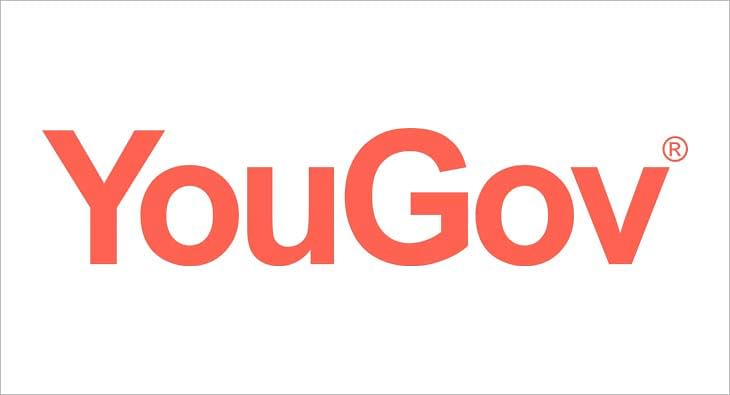
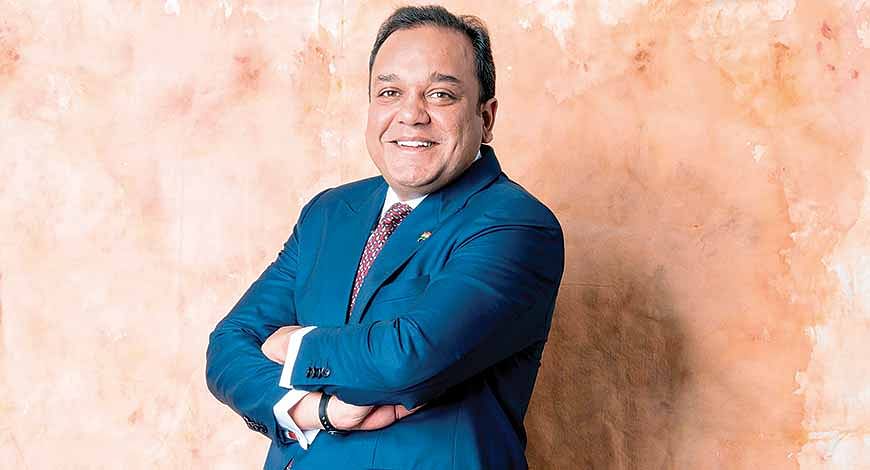
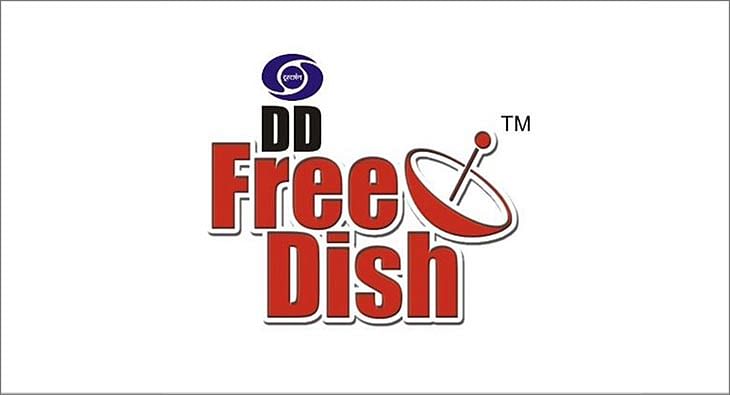







 Share
Share